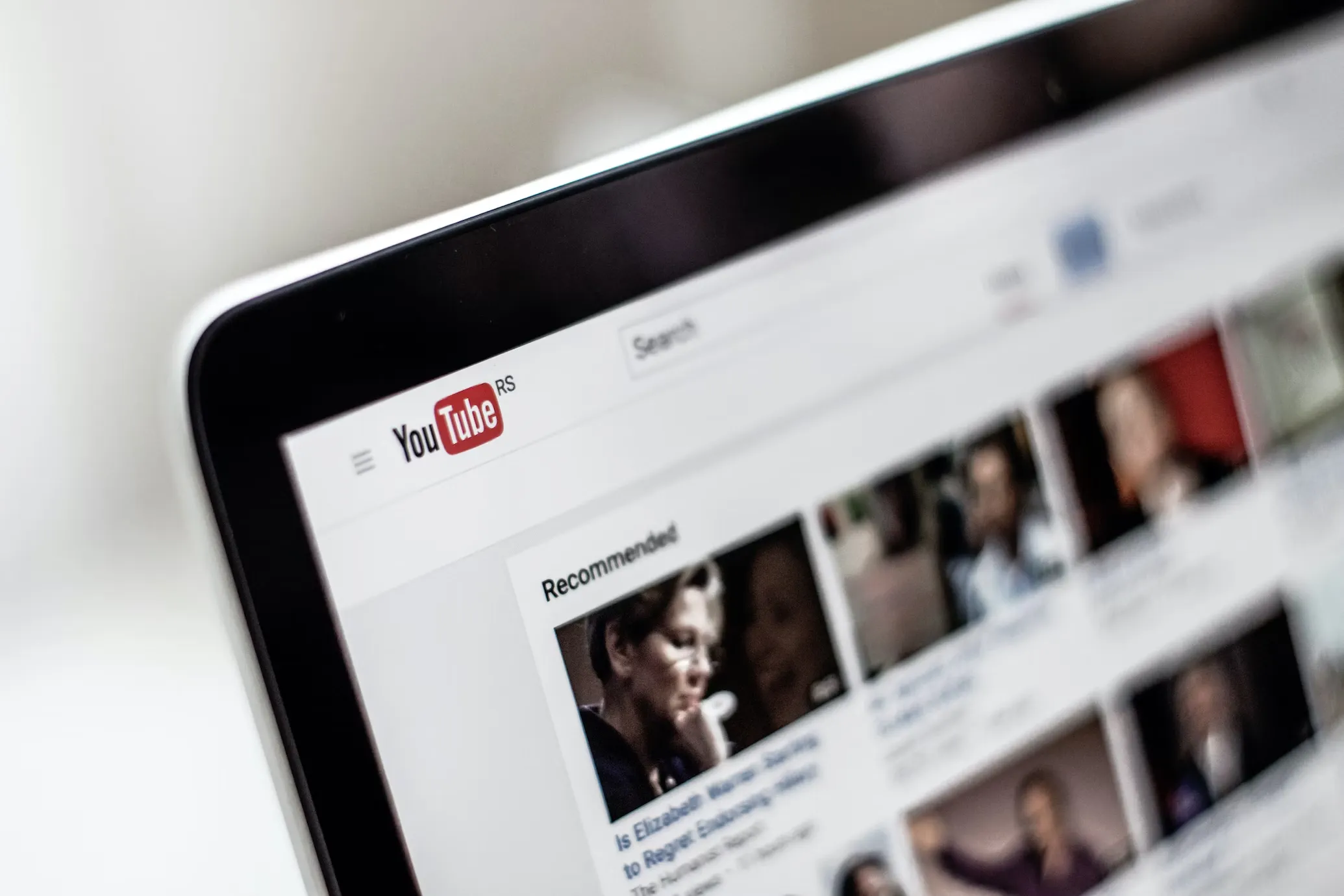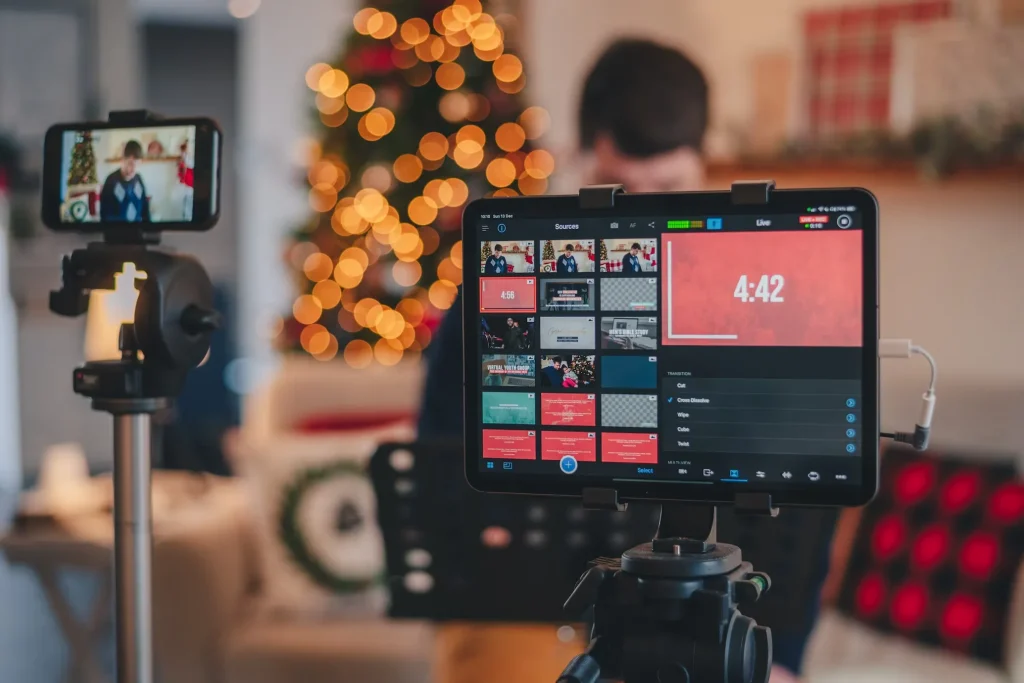YouTube creators must comply with new rules for AI content YouTube creators will soon need to adhere to new platform policies regarding content generated or altered using AI.
YouTube is requiring creators to add tags to AI-generated content and allowing removal requests for deepfake content under the new policy.
The following sections detail these requirements, aimed at balancing the opportunities presented by artificial intelligence with user safety.
Contents
YouTube Creators: Mandatory Labels and Disclosures
A significant change requires creators to notify viewers when content includes realistically AI-generated alterations or synthetic media describing events or voices that did not occur.
This includes deepfakes, showing someone appearing to do or say things they haven’t done.
In the description panel, tags disclosing alterations or artificial content must be included. YouTube provides models showcasing the appearance of these descriptions.
For sensitive topics such as elections, disasters, public officials, and conflicts, additional prominent tags may need to be directly added on the video player.
YouTube states that creators consistently failing to comply with disclosure requirements may face consequences ranging from video removal to account suspension or expulsion from YouTube Partner Program. The company promises close collaboration with creators to ensure full understanding before the rollout.
YouTube Creators: New Removal Request Options
YouTube will allow users to request the removal of AI-generated content, including identifiable faces or voices, without consent. This includes deepfakes using AI to mimic unique voice patterns or appearances.
Music partners will soon be able to request the removal of AI-generated music imitating artists singing or rapping. When evaluating removal requests, YouTube indicates consideration of factors such as imitation, public interest, and the news value of the subject.
Using AI to Enhance Content Moderation
YouTube reveals that it has been using artificial intelligence to enhance the capabilities of human reviewers, including using machine learning to quickly identify emerging patterns of abuse on a large scale.
Generative AI assists in expanding training data, enabling YouTube to rapidly capture new types of threats and reduce exposure to harmful content for reviewers.
Responsible Development of New AI Tools
YouTube emphasizes responsibility over speed in developing new AI creator tools. Safeguards are being put in place to prevent its AI systems from generating content that violates policies.
The company is focused on learning and improving protective measures through user feedback and adversarial testing to address inevitable attempts at abuse.
YouTube Creators:Implementation of the New Policy
While details about enforcement are not disclosed, YouTube has several options to ensure compliance with the new requirements.
The company may employ a combination of human and automated enforcement.
One way YouTube could enforce this policy is by training its existing content moderation system to flag videos with features indicative of AI-created media lacking proper disclosure.
Random audits of partner accounts uploading AI content could also uncover policy violations.
Crowdsourcing enforcement by allowing users to report undisclosed AI material would be another way to maintain this policy.
Regardless of how YouTube chooses to enforce it, consistent enforcement is crucial for setting expectations and standards regarding disclosure.
Looking Ahead
YouTube expresses excitement about the creative potential of AI and caution about the risks. The company aims to create a mutually beneficial AI future with the creator community.
The full policy update provides creators with more detailed information about expected content. Staying informed about YouTube’s ever-evolving rules is crucial for maintaining a good account reputation.







[…] Well, achieving that dream is possible with the right tools. Then let’s explore why you need YouTube rank trackers and discover some user-friendly options to boost your channel’s […]